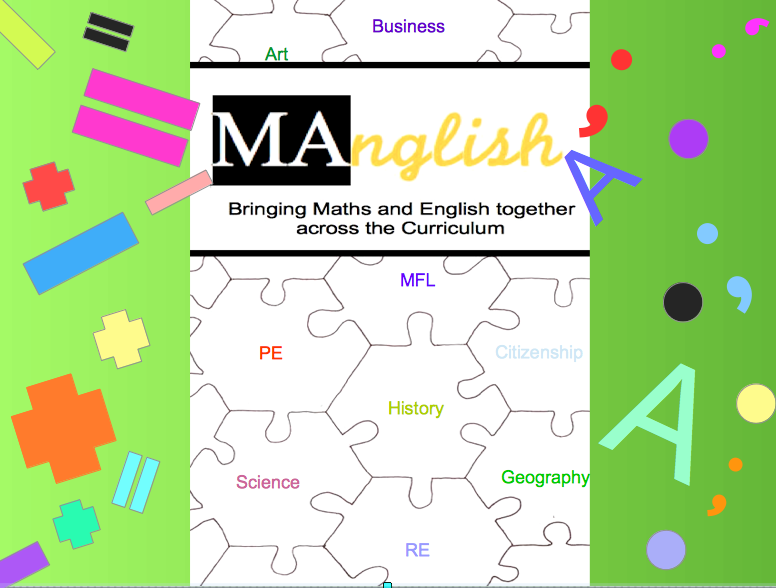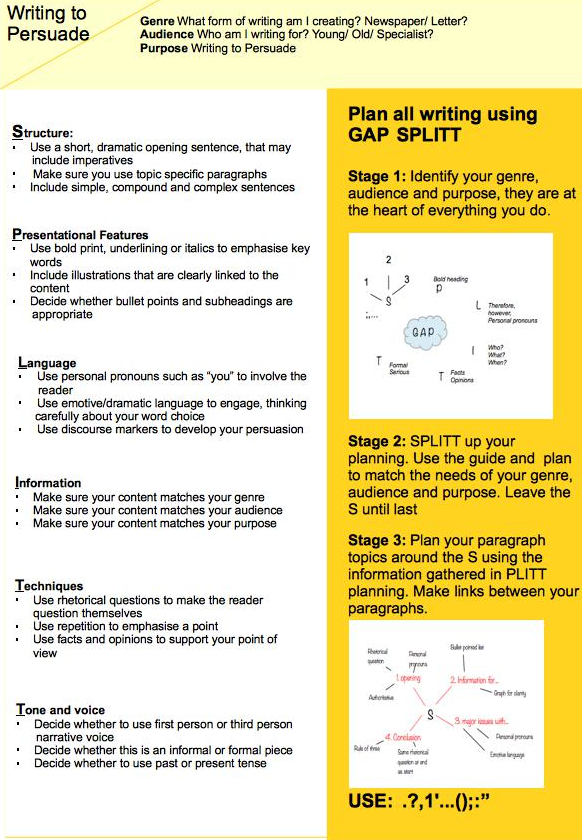Without Manglish Thinking Teachers
Consider Burt, a fictional pupil at a fictional school which resembles a typical secondary school in England. He has five lessons per day; each of his lessons is a different subject to the last and each subject is taught by a different teacher who is an expert in their subject specialism.
Burt starts his day in English. He has been taught how to plan a persuasive speech using the planning method preferred by this year’s English teacher. Last year, his old teacher preferred to plan using AFOREST; this year, his teacher retaught him to use a spider diagram and GAP LIST (she has never used AFOREST before and sticks with what she knows). Today, Burt is concentrating on perfecting the punctuation within a persuasive speech. One hour later, he leaves his work behind and travels along the corridor to Geography.
Favelas are the topic of the day in Geography; pupils learn about life in Rocinha, the largest hill favela in Rio de Janeiro. They look at the contrast between the affluent areas that neighbour some of the poorest living conditions in South America. Burt is asked to demonstrate his understanding by writing up his thoughts on Favelas. The next bell sounds and he goes for a well earned break.
Teachers of each subject visited by Burt that day have fulfilled their individual purposes. However, by working as individuals, they have failed to recognise potential links between their subjects, links that would have allowed Burt to put into practice the writing skills that he was taught in English without taking away any of the valuable knowledge delivered by his Geography teacher.
What’s Manglish?
Manglish is not just literacy and it is not just numeracy; Manglish is a collaborative approach to secondary school teaching. An approach which recognises the importance of reading, writing, communication and Mathematics in every subject. RWCM are fundamental to our ability to interact with modern society and differing degrees of each are present in every subject across the whole curriculum. Manglish is about working together to find out where these opportunities already exist and about supporting each other and our pupils in making these links explicit.
If Burt had attended a school where his teachers took a Manglish approach to their curriculum, his morning would have looked more like this:
With Teachers of Manglish
Burt, now in Year 9, has been taught to use the GAP SPLITT planning method to approach written tasks since Year 7. His English teachers developed this method to ensure consistency when pupils passed to new classes. During his first lesson of the day (English), he is perfecting his punctuation using a persuasive homework task. He then travels to Geography where he learns about the problems facing those living in favelas, comparing their lives to the lives of their rich neighbours.
The Geography teacher is aware of the school’s specific planning method and knows that Burt has been taught to plan all written tasks in this way. Before Burt demonstrates his learning, he is asked to turn to the GAP SPLITT support document in his pupil planner. He will be demonstrating his understanding of favelas in a written task. Burt, as with all written tasks in school, is required to plan his ideas beforehand. Knowing that persuasive writing is currently being perfected in English lessons, the Geography teacher provides an opportunity for Burt to practice this skill as he persuades the South American government to support families living in such poor conditions.
- Below = GAP SPLITT guide in pupil planner
Burt’s teachers communicate ideas through collaborative planning. Long term plans for departments are shared and opportunities to purposefully practice reading, writing, communication and Maths, which are explicitly taught in English and Maths lessons, are recognised and acted upon. Pupils are shown how these skills are purposeful and applicable in a variety of situations.
Burt is never asked to count the lines of a poem to tick an Ofsted numeracy box, nor is he asked to spell the number one. His teachers would not dream of patronising him in this way; they are aware of his realistic abilities in RWCM, thanks to a central tracking system. This is updated by English and Maths during their half termly data uplift and made accessible to all teachers through the internal computer system. His teachers also use a planning tool, nicknamed the Manglish mat, which provides an explanation of abilities at each level. They use this tool to differentiate for his needs.
This collaborative approach soon pays dividends as Burt’s ability to read, write, communicate and apply mathematical skill is quickly strengthened and transferred across the whole curriculum. He becomes better able to access source materials in History; his written reports for scientific experiments are accurate and well structured; in PE he is effectively communicating by using the language of a coach and, in Citizenship, his manipulation of data and statistics results in an effective investigation into the use of CCTV in Britain.
Mathematics is never seen as just abstract numbers by Burt as it is useful in his daily travels through school. He recognises the links between the detailed essays required of him in English and the extended response that he must give in his GCSE PE exam. Subjects no longer stand alone, they are interlinked and all learning has a purpose. After five years of practice and application in various situations, Burt, originally predicted Ds across the board, easily achieves Cs and above in his Year 11 exams (including English and Maths).
I’m not saying Manglish is easy; I am saying Manglish is worth it.






2 comments
Fantastic blog 🙂
Can’t wait to get my hands on the book!
I have just read this blog again. Looking forward to finding out more about Manglish 🙂